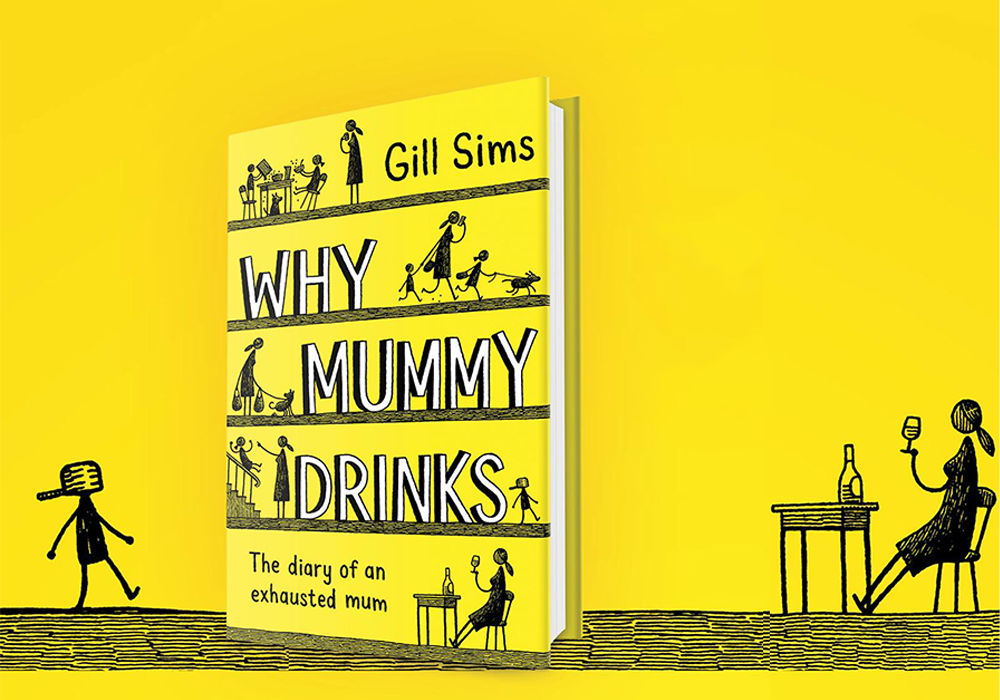

In a chapter of Medicinal Cannibalism in Early Modern English Literature and Culture, Louise Noble, a senior lecturer at the University of New England, in Armidale, Australia, points out that some of medicine’s most important forebears, Galen and Paracelsus, advocated the medicinal use of human remains. The practice of prescribing human remains or their byproducts for healing goes back hundreds of years. In this Curiosities of Medical History feature, we look at when, how, and why healers thought that prescribing mummy powder would be a good idea. One of these is ingesting mumia, mummy powder, or other human remains for the sake of health. Trepanation, drilling into the skull to relieve migraine or “release demons,” was a crude precursor to modern neurosurgery.īut the twilight of medical care features some even more chilling practices. Image credit: Zinnmann, 2014.Īt present, as we search for pathways to wellness that suit our needs and lifestyles, we often come across practices that seem bizarre at best and downright dangerous at worst.įrom the spurious yoni eggs to the supposed cure-all drug that was banned by the Food and Drug Administration (FDA) as potentially life threatening - plenty of so-called wellness products end up raising eyebrows, and with good cause.Īnd if 21st-century “wellness” territory can sometimes prove weird or even unsettling, it is no wonder that medical practices of hundreds of years ago are strange to navigate.



Share on Pinterest Pictured is an apothecary vessel for mumia at the German Pharmacy Museum, in Heidelberg.


 0 kommentar(er)
0 kommentar(er)
